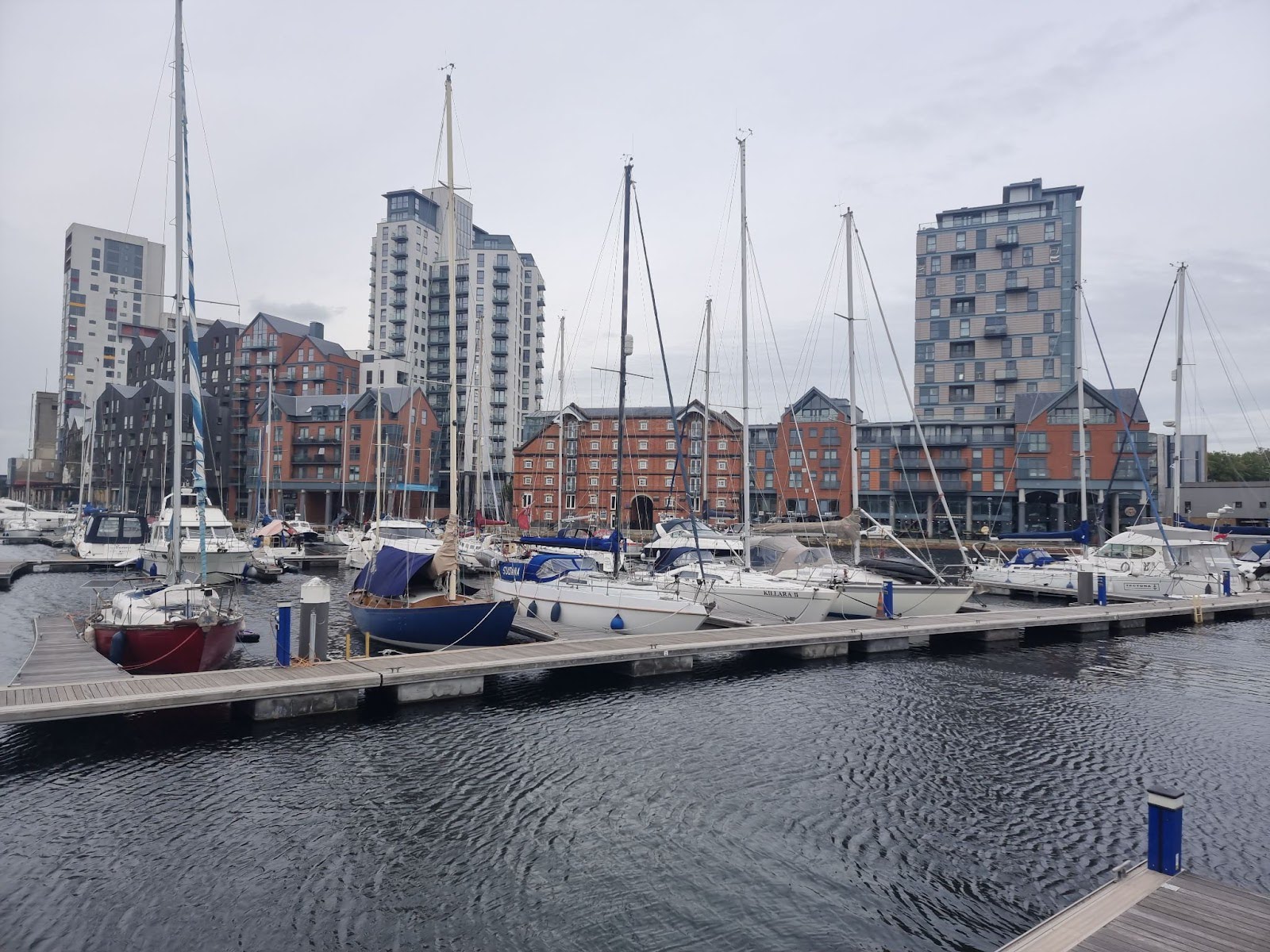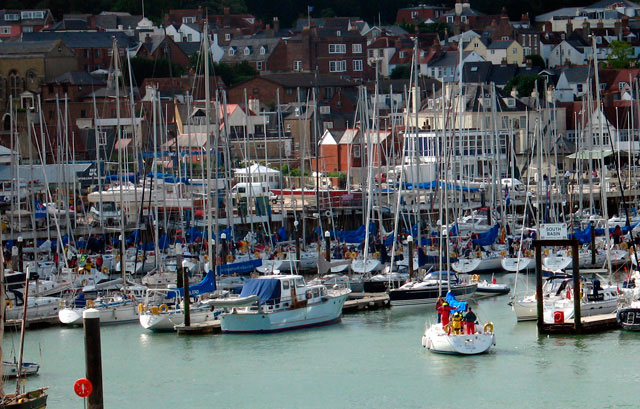The harrowing images of the gaping hole in the side of USS John S McCain in August - an incident that resulted in the loss of 10 lives – provided a sobering reminder that collisions at sea happen to even the best equipped vessels.
Technology will protect you so far, but when it comes to ensuring safety at sea, it’s human action that ultimately determines the outcome in avoiding collisions. This is why learning and understanding the International Regulations for Preventing Collisions at Sea - the COLREGS - is essential for anyone skippering a vessel of any size regardless of how close to shore they might be. As Rule 1 of the COLREGS states, ‘These rules shall apply to all vessels upon the high seas and in all waters connected therewith navigable by seagoing vessels.’ Quite simply, the COLREGS are Highway Code of the sea.
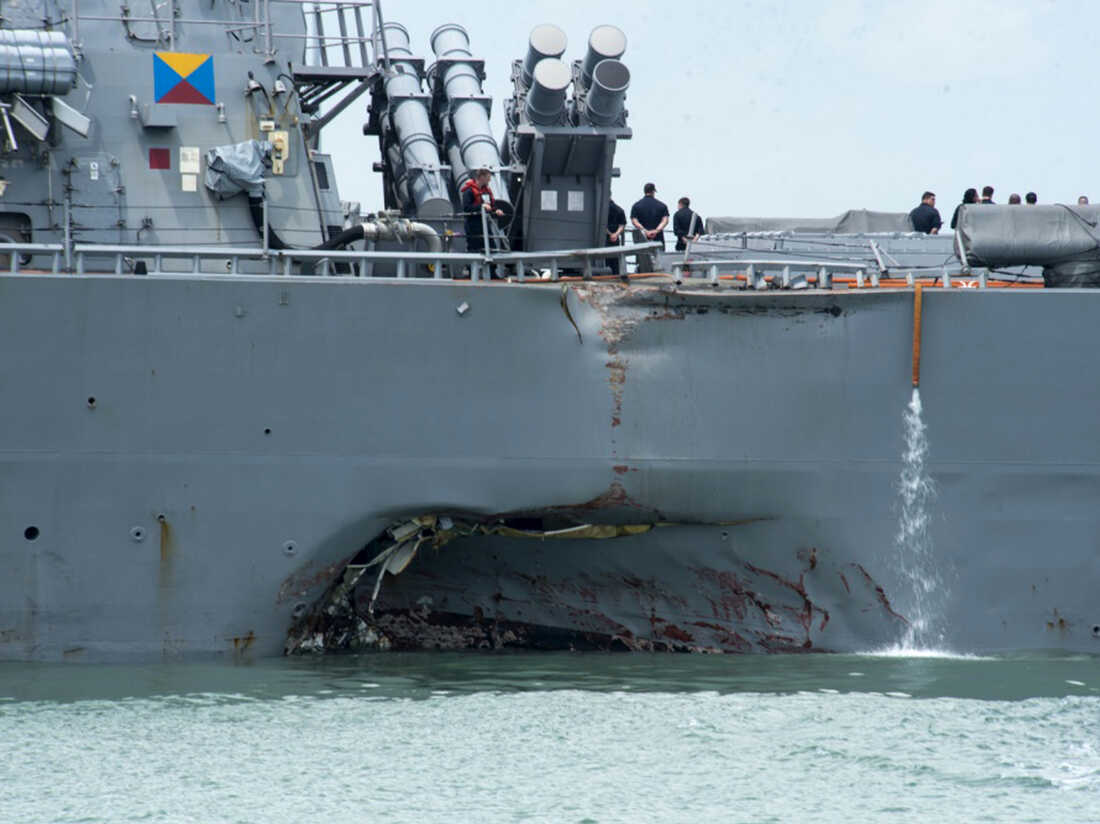
But they aren't guidance to help skippers know who has ‘right of way’ in potential collision situations. They're the law and a proven breach - even if a collision hasn’t occurred - is a criminal offence with a maximum penalty of two years in prison and/or an unlimited fine determined by a Law Court, depending on the severity.
So what are the essential things you need to get to grips with?
Stuart Carruthers, RYA Cruising Manager, explains: “The headline-grabbing images of collisions involving big ships might catch the eye, but when you’re cruising in busy waters during peak season are you thinking about who should be giving way to who? “If you ended up in a situation where suddenly you were in danger of colliding with another vessel, would you know whose responsibility it is to get out of the way? Who would be culpable if a collision, or even a near miss, occurred? “The COLREGS were introduced to make it clear when you're the stand on vessel, when you're the give way vessel and what the correct action to take is when in close quarters with other vessels to avoid a collision. “All recreational boaters – whether motor or sail – should familiarise themselves thoroughly with the COLREGS. Pleading ignorance in any prosecution case isn't going to hold sway in court.”
What are the COLREGS?
The current edition of the COLREGS was adopted in 1972 but the Rules have been amended several times since. There are 38 separate Rules and although some are aimed primarily at large commercial vessels, in principle they still apply to all vessels.
The Rules are divided into five parts A-E - General Rules (A), Steering and Sailing (B), Lights and Shapes (C), Sound and Light (D) and Exemptions (E).
Although a good working knowledge of all the COLREGS is essential, the Part B steering and sailing rules (Rules 4-19) are likely to be most relevant to small pleasure craft operating in daylight, with good weather and good visibility.
Some in Part B are general good behaviour rules while others are very specific, prescribed obligations. For example, Rule 9 determines, amongst other things, that a small vessel must not impede a vessel that's so big it can only navigate safely in a narrow channel or fairway.
Additionally, the Part C lights and shapes rules dictate not only what day shapes and navigation lights a vessel must display to indicate its status to other vessels, but when and what sound and light signals it must make.
When it comes to sailing vessels, skippers should note although a tri-colour navigation light is permitted under the COLREGs (under 20m in length) using deck level port, starboard and stern lights can help larger vessels identify you against background lights and establish the distance between you more easily.
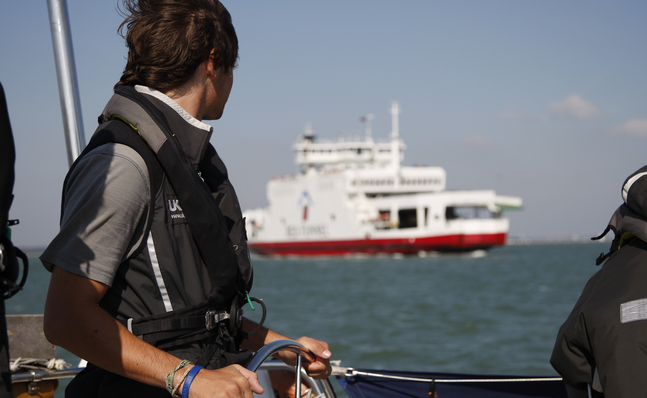
Although the absence of a steaming light indicates a sailing vessel, the COLREGs permit yachts to show an all-round red and all-round green light at or near the top of the mast in conjunction with deck level port, starboard and stern lights. This instantly identifies you as a yacht and removes any ambiguity a tri-colour can cause.
Clear and present danger
Of course you should continually assess the situation around you to determine if you think a potential collision situation exists. If you weigh up all the key factors, including whether you think the other vessel has seen you, and determine on balance that a collision is likely, then the clock really starts ticking.
All the rules relevant to the situation must be considered before decisions are made. You need to establish what action is expected of the vessels involved, when the action should be taken and whether the action of the give way vessel alone will be sufficient to prevent the collision.
Ultimately preventing a collision is the single most important thing.
So if the action of the give way vessel alone isn’t sufficient to prevent a collision or it takes no action at all, the stand on vessel must also take action. If a collision does occur, then both vessels may be found to be at fault to a certain extent.
Where can I find the COLREGS?
Core COLREGS information can be found in many nautical publications. The full document is available in the MCA Merchant Shipping Notice (MSN) 1781 - The Merchant Shipping (Distress Signals and Prevention of Collisions) Regulations 1996.
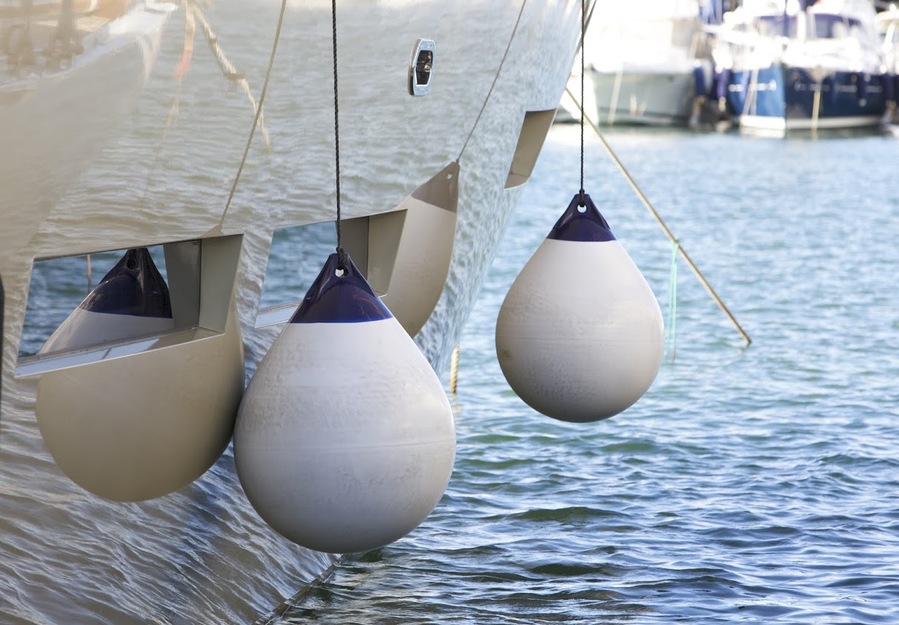
The RYA’s International Regulations for Preventing Collisions at Sea (G2) is written with pleasure craft skippers in mind, providing a clear, authoritative explanation of each regulation by rule order, with chapters including Assessing the Risk, Who Gives Way, Restricted Visibility, Lights and Shapes and Sound and Light Signals.
In addition, the RYA Essential Navigation and Seamanship online or classroom course provides a useful basic COLREGS introduction or refresher. RYA Day Skipper theory delivers the first comprehensive introduction to COLREGS, which is then revisited in Coastal Skipper and Yachtmaster Offshore theory. The RYA Powerboat Scheme also covers the COLREGS at an appropriate level during each of the practical courses.
Five top tips for learning the COLREGS
1. Do a little bit often - flip cards are great as they are visual and can be picked at random.
2. Remember the priority between vessels - Power > Sail > Fishing > Constrained by Draught > Not under Command and Restricted in Ability to Manoeuvre.
3. When travelling at speed the closing time from seeing another vessel and the potential risk of collision is quite short, so knowing the rules without thinking about them is crucial.
4. Lights and sound signals mostly have a logical build-up / progression. Learning the build makes it easier to decipher the overall picture of what you’re seeing.
5. Collisions tend not to occur when everybody sticks to the rules!
For more information and advice or to find out more about RYA courses and publications visit www.rya.org.uk
